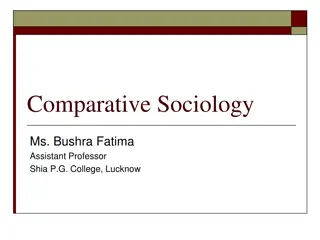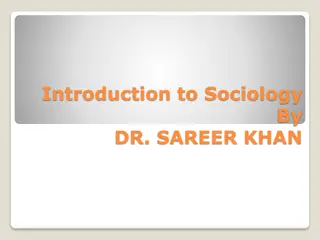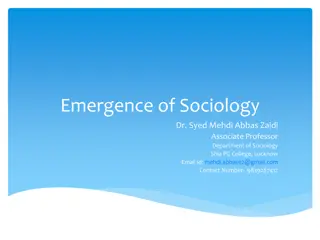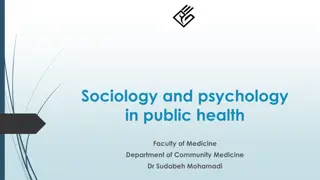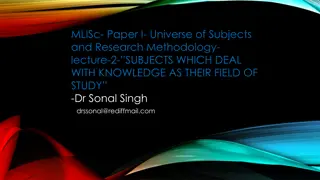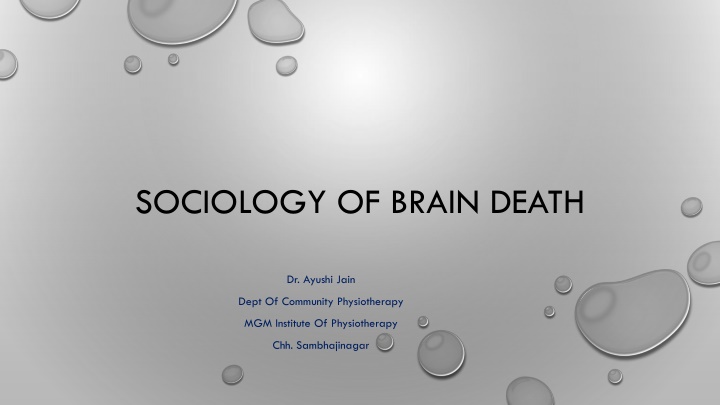
Brain Death: Clinical Aspects and Sociological Perspectives
Explore the concept of brain death, distinguishing it from coma and vegetative state. Learn about the clinical criteria for diagnosing brain death and the legal implications associated with it. Delve into the sociological aspects of brain death through the lens of Dr. Ayushi Jain and gain insights into this complex phenomenon.
Download Presentation

Please find below an Image/Link to download the presentation.
The content on the website is provided AS IS for your information and personal use only. It may not be sold, licensed, or shared on other websites without obtaining consent from the author. If you encounter any issues during the download, it is possible that the publisher has removed the file from their server.
You are allowed to download the files provided on this website for personal or commercial use, subject to the condition that they are used lawfully. All files are the property of their respective owners.
The content on the website is provided AS IS for your information and personal use only. It may not be sold, licensed, or shared on other websites without obtaining consent from the author.
E N D
Presentation Transcript
SOCIOLOGY OF BRAIN DEATH Dr. Ayushi Jain Dept Of Community Physiotherapy MGM Institute Of Physiotherapy Chh. Sambhajinagar
BRAIN DEATH IN CLINICAL TERMS Brain death (also known as brain stem death) is when a person on an artificial life support machine no longer has any brain functions. This means they will not regain consciousness or be able to breathe without support. A person who is brain dead is legally confirmed as dead. Brain death is the permanent, irreversible, and complete loss of brain function which may include cessation of involuntary activity necessary to sustain life. it differs from persistent vegetative state, in which the person is alive and some autonomic functions remain.
It is also distinct from comas as long as some brain and bodily activity and function remain, and it is also not the same as the condition locked-in syndrome. A differential diagnosis can medically distinguish these differing conditions.


